These ginger and honey biscuits use pretty basic store cupboard ingredients and aren't the most glamorous to look at but they taste good and are an authentic reproduction of this wartime recipe, made when people were living on WW2 rationing recipes.
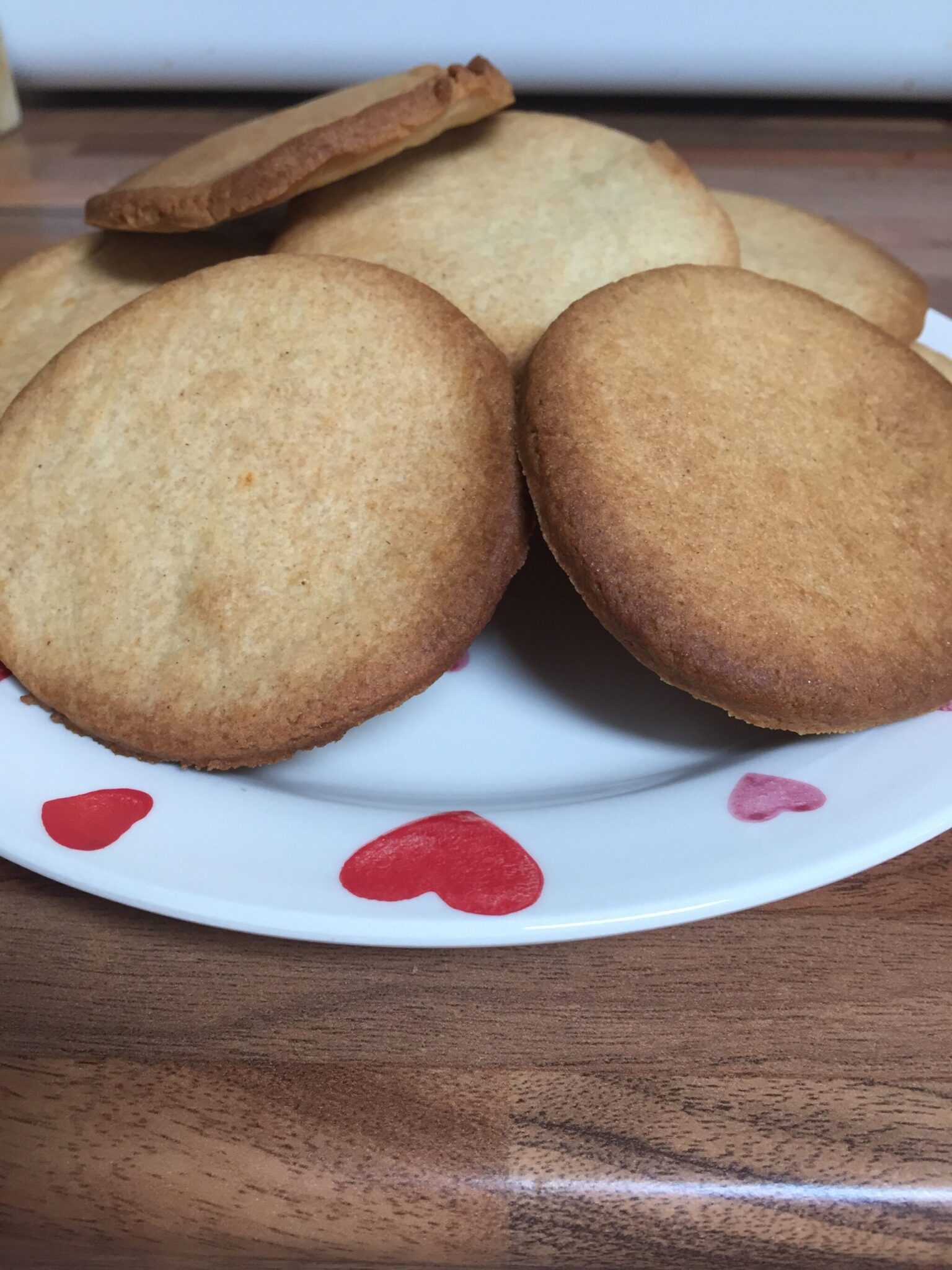
This post contains affiliate links and I may receive a small commission if you visit a link and buy something. Purchasing via an affiliate link doesn’t cost you any extra, and I only recommend products and services I trust. I may have been sent some of the products in this post free of charge or paid to feature them here. Thank you for supporting this blog.
My eldest daughter has been learning all about World War 2 at school and this week they had a little party to celebrate VE Day where they wore 1940s clothes and had to take in 1940s food to eat. 1940s recipes were pretty basic, a lot of staple foods were rationed of course, so these honey and ginger biscuits would have been a real treat and you can bet that none would have been wasted. Read on for the full ww2 ration biscuit recipe uk.
Biscuits were a popular choice of sweet treat to make in the 1940s as they didn't require much equipment or time to cook and they would be the perfect treat for adults and children alike. During the war sugar was rationed and honey was plentiful so it would have been used to sweeten instead of using a larger quantity of sugar.
I did some googling to look for 1940s recipes and found a recipe for honey biscuits online which I thought sounded tasty but I was missing one of the main flavour ingredient which was cinnamon. I swapped the cinnamon for ground ginger as I love the combination of honey and ginger and these turned out absolutely delicious.
They are pretty plain biscuits, because in the 1940s there generally wasn't the need to be wasteful with luxury biscuits or fancy decorations. It was a simpler time and food was much more practical. These biscuits would be really portable, and great for children to grab before they headed outside to play or for packing up for lunches. They would be a little luxury paired with a cup of tea when the women took a rare break from their busy lives.
Ingredients
- plain flour
- baking powder
- caster sugar
- butter
- ground ginger
- honey
- salt
For exact quantities see the recipe card below.

Method
The first step is to preheat the oven to 180 degrees celsius.
Cream the butter and sugar together in a mixing bowl then add the honey. Traditionally this would have been done by hand but if you want to use an electric mixer on a medium speed that is fine.
Sift in the dry ingredients - the flour, baking powder, ginger and salt and mix to form a dough
Add a splash of water if necessary to bring the mixture together using a wooden spoon to mix and then your hands to knead into a dough.
Line your work surface and rolling pin with a little flour and roll out to ¼ inch thick and cut out biscuit shapes.
Place on a sheet of grease proof paper or parchment paper on a baking sheet or baking tray and cook in the oven on 180°C for 10 minutes or until starting to go golden brown.
Cool on a wire rack until at room temperature.
PrintGinger and Honey Biscuits
These ginger and honey biscuits use pretty basic store cupboard ingredients and aren't the most glamorous to look at but they taste good and are an authentic reproduction of this wartime recipe, made when people were living on WW2 rationing recipes.
- Prep Time: 10 minutes
- Cook Time: 10 minutes
- Total Time: 20 minutes
- Yield: 12 biscuits 1x
- Category: Snack
- Method: baking
- Cuisine: British
Ingredients
- 6 oz plain flour
- 3 tsp baking powder
- 1 oz caster sugar
- 2 ½ oz butter
- 1 tsp ground ginger
- 2 Tbsp honey
- pinch salt
Instructions
- Cream the butter and sugar together then add the honey.
- Sift in the flour, baking powder, ginger and salt and mix to form a dough
- Add a splash of water if necessary to bring the mixture together.
- Roll out to ¼ inch thick and cut out biscuit shapes.
- Placed on a sheet of grease proof paper and cook in the oven on 180°C for 10 minutes or until starting to go golden brown
- Cool on a wire rack.
These biscuits will keep for several days in an airtight container, although as with all biscuits they are best eaten as soon as possible. Not that we ever have a problem doing that in our house! If you wanted to make these biscuits vegan you could substitute the butter for non-dairy butter and the honey for golden syrup. You can of course change the spice in the recipe back to cinnamon if you wanted to, I haven't tried it but I love cinnamon so I am sure it would be delicious. I do like the particular taste that gingernut biscuits have and think that it is a quintessentially British flavour so I love using ground ginger in this recipe.
Although they were quite unlike anything they had eaten before, these biscuits went down really well with the children in my daughter's class. Just goes to show that sometimes the old classic recipes are the best! I think that themed days like this in school are such a great idea. It really gives the children a sense of the era if they are dressed up and trying new and different foods from that time. It makes learning a more tangible experience and I am sure they will all remember what they experienced on this day in school.
If you liked this honey and ginger biscuits wartime recipe and are looking for more 1940s recipes take a look at this post by Taste of Home. You might also like these recipes...
Shop this post
 Buy Now →
Buy Now →  Buy Now →
Buy Now →  Buy Now →
Buy Now →  Buy Now →
Buy Now →  Buy Now →
Buy Now →  Buy Now →
Buy Now → You might also like to share this recipe with your friends or Pin it for later.
“This post is part of Twinkl’s VE Day Campaign, and is featured in their Best Wartime Recipes to Celebrate VE Day from Home post”





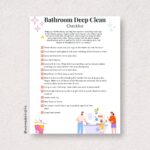










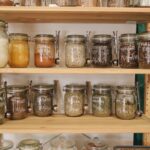
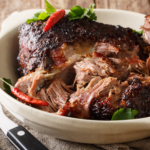



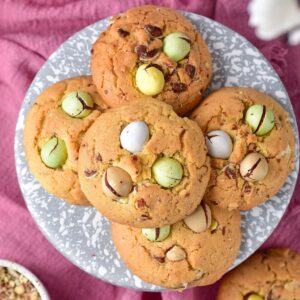
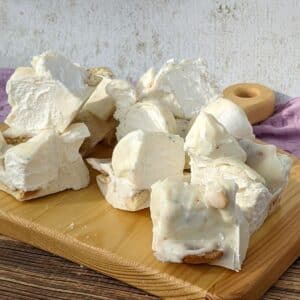

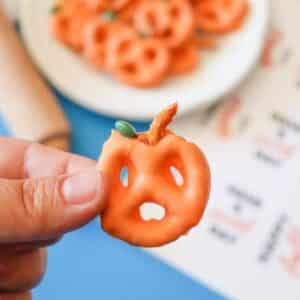
Donna
I love old recipes that really stand the test of time. These look lovely! I hope you'll link up to the #reciperoundup tomorrow over at @eatyours 😉 x
cookiesandcwtches
Thanks for the reminder Donna - linking up now 🙂
Donna
These are such a wonderfully traditional recipe and I love the flavour combination. Thanks for linking up to #RecipeRoundup x